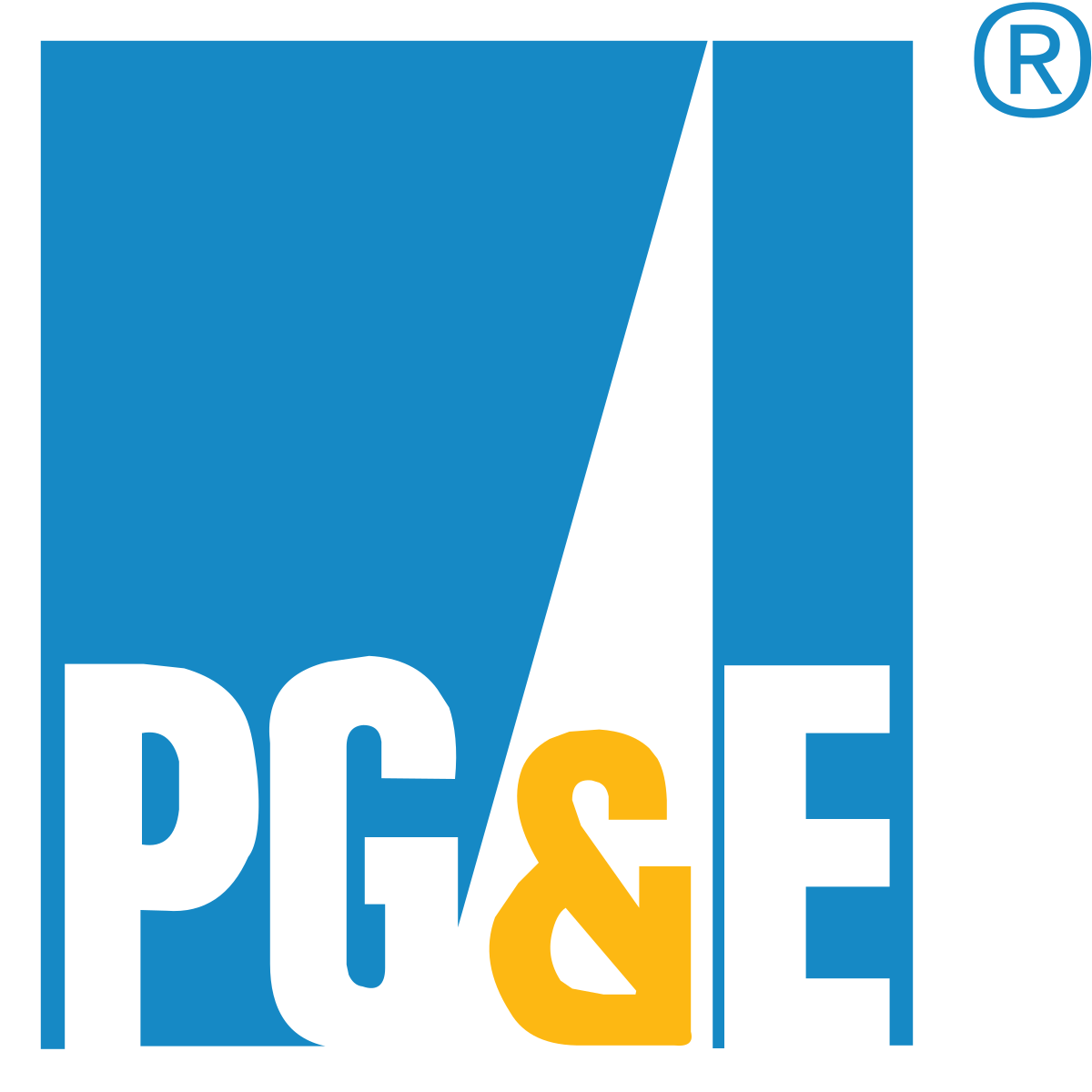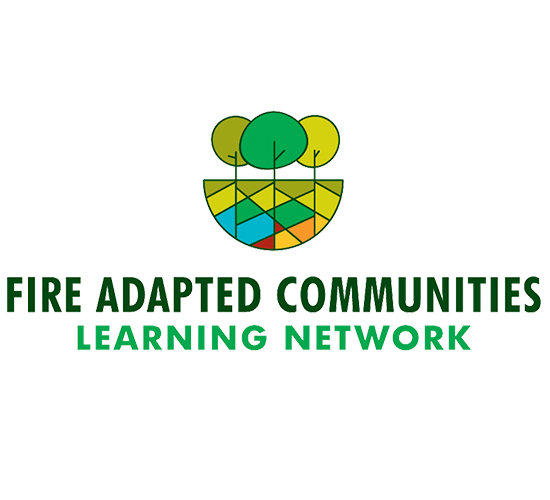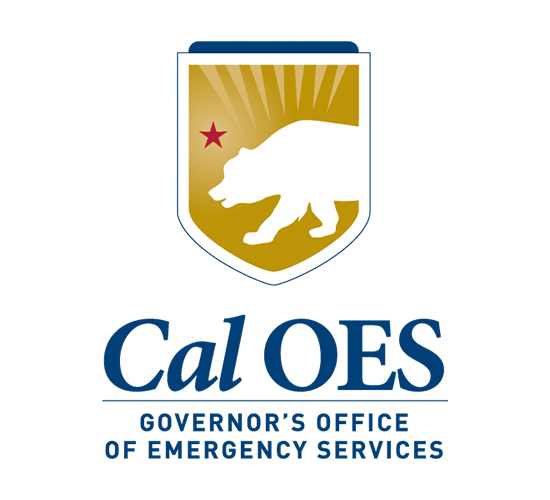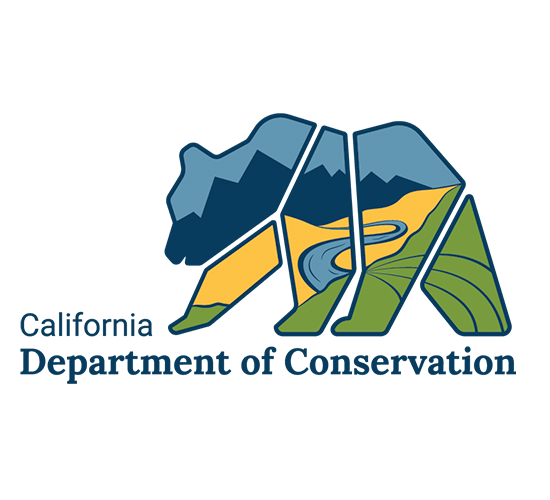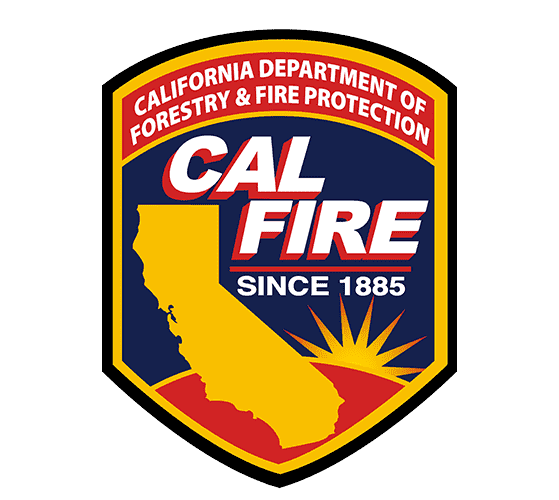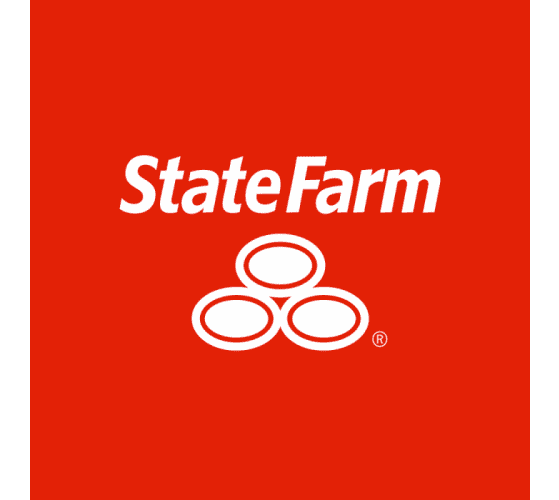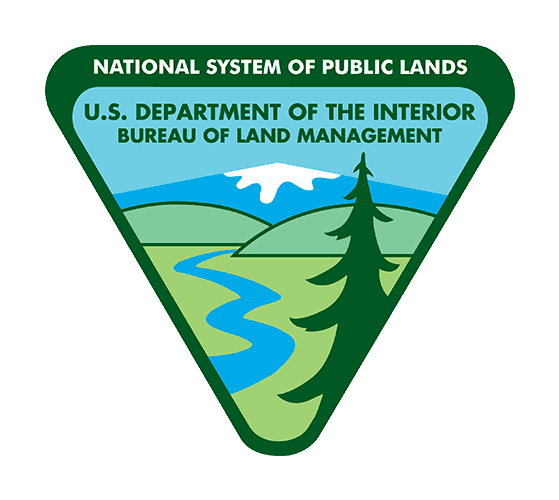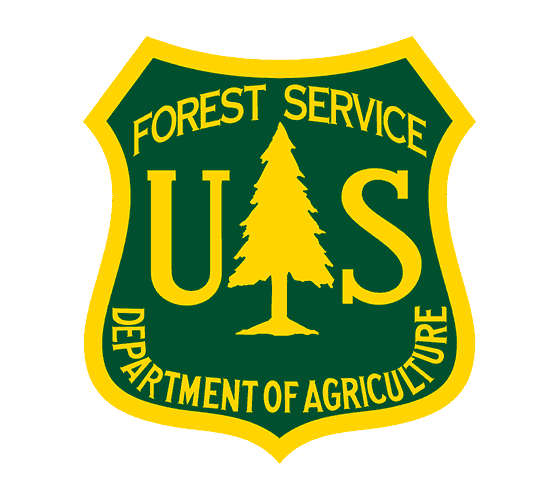July of 2018, the West Fire hit the Greater Alpine area in Southern California. Mainly caused by strong Santa Ana winds, the heat-and wind-stoked flames quickly reached critical levels, forcing evacuations, closures on I-8, and entire neighborhoods blocked off. In one particular neighborhood of Alpine, newly built homes sat perpendicular to the fire. In this area, every house was saved except for one. The difference between these houses? All but one household was a participant in the Greater Alpine Fire Safe Council’s free Chipping Program. “Those that survived had good defensible space,” says Greater Alpine Fire Safe Council President Neville Connell.
For Greater Alpine and countless other cities across the state, these home chipping programs have been one of the most successful methods in combating home fires. Part of the larger California Fire Safe Council, the Greater Alpine Fire Safe Council is one of multiple local fire safe councils that offer a home chipping program. Many people assume that their home is not at risk of wildfire, not realizing that most home fires are caused by ember showers and excessive combustible materials near the home. Defensible space, or 10-100 feet directly around the home, is created by clearing all flammable brush, trees, shrubs, or wildland areas around the home.
Chipping programs like the one that Greater Alpine has been running for decades are aiding homeowners in the removal of brush and debris. For Larry Grogan, a Greater Alpine homeowner and Chipping Program participant of fifteen years, the chipping program is essential to his home’s safety and upkeep.
“[There is] nothing behind [my home] except for wild brush and scrub oaks. So it was very important that I have this big defensible zone. We clear-cut a defensible zone, about 75-100 yards around the home. We also have an area below where we trim manzanita trees 4-5 feet above ground level. We clear dead foliage, dead plants….I will have a stack somewhere between 50-60 feet long and 8-feet high. The most important thing is not only the clearing but maintaining it each year. Everything comes back again. We clear this stuff out 2-3 times a year and we continue to expand our area for the fire. Without this chipping program, it would be hard,” says Grogan.
In his neighborhood, Grogan is one of many homeowners who participate in the program. Grogan’s property covers almost six acres, making his property one of the largest in town. Other neighbors with similarly sized properties of 0.5 acres or more, are very familiar with the Greater Alpine Fire Safe Council’s free Chipping Program; however, homeowners towards the center of town are typically unaware of these practices.
As part of their education and outreach strategy, the Greater Alpine FSC uses programs like Google Earth Pro to survey the surrounding neighborhoods. Working with the local fire marshal, they identify homes with a large amount of chaparral growth and a lack of defensible space. Once a home has been identified, the fire marshal will contact the homeowner and get them in touch with the Greater Alpine FSC. As of September, The Greater Alpine FSC has added 179 new customers to their Chipping Program for the year. There are over 6,500 homes in the community, with about 17,873 people living in them; over 2,000 homes are currently enrolled in the program. They hope to get about ten more new customers before the end of the year.
The only thing in their way is awareness. California has experienced one of the worst fire seasons in history this year, increasing the overall awareness of the risk of wildfire by homeowners. Connell says this sudden heightened awareness is very reminiscent of what happened after the Cedar Fire in 2003. Initially caused by a lost hiker setting a signal fire, the fire blazed at 6,000 acres an hour, “…ultimately claim[ing] 15 lives, including a firefighter, and burned almost 2,400 homes.” It was one of the first big fires in a long time to reach and damage urban communities, and once it was extinguished, many people became paranoid of a recurrence. “But the reality of it was that they were safer than they’d been for decades….All of the fuel had been consumed,” says Connell.
The fuel Connell is referring to is chaparral, the brush common to Southern California. According to the California Chaparral Institute, this brush is “characterized by drought-tolerant, woody shrubs….chaparral covers most of California’s coastal foothills and interior mountain slopes.” This mixture of bushy material and plants can grow up to 10 feet high. With the fires raging across Northern California, concerns about wildfire vulnerability have increased again. However, Southern California’s chaparral is very different from Northern California’s coniferous forests. Meaning that the fuel for these fires is not the same, but that doesn’t mean the protection methods are any different.
Like defensible space, the practice of home hardening addresses the most vulnerable components of the home with building materials and installation techniques that increase a home’s resistance to heat, flames, and embers that typically accompany wildfires. Under Connell’s direction, the Greater Alpine FSC tries to find a happy medium between each approach. But each approach has a history.
Before The Big Burn of 1910, the United States Forest Service made no formal efforts to maintain preventative practice against wildfires. The Big Burn occurred in June of 1910 and blazed until late August, causing historic levels of destruction across the United States.
“The Great Fire of 1910 burned three million acres and killed enough timber to fill a freight train 2,400 miles long. Merchantable timber destroyed was estimated to be eight billion board feet or enough wood to build 800,000 houses. 20 million acres were burned across the entire Northwest….[it] burned its way into the American conscience as no other fire had done…The fire fundamentally shaped Forest Service practices….influenc[ing] forest management to this very day.” writes a report by the U.S Forest Service.
Now, wildfire education and services are phenomenal, with firefighters extinguishing most fires before more than a few acres have burned. However, this means that the chaparral may grow without being burned by fire for upwards of fifty years at a time. This disrupts its natural cycle of growth brought on by burning. During the period of time where the chaparral is left, it will experience numerous drops in water support, causing it to partially die, resulting in a very tall, dense, unhealthy chaparral. “If a fire starts, it roars through it, no stopping it,” says Connell.
Environmental groups like the California Chaparral Institute argue that creating defensible space doesn’t work; saying that only the practice of home hardening works. But, this is simply not true. Defensible space is a much more cost-efficient method to protect all homes compared to the cost of hardening all homes in California—which would be astronomical. This is why the Greater Alpine FSC encourages homeowners to instead take it upon themselves to do small things around the home, like installing fire-resistant vents, that most people easily afford. The mission of the Greater Alpine FSC is to protect the community and maintain the environment as best as they can.
Chipping program participant Larry Grogan agrees. Through the practice of clearing brush, the fauna that should have existed around his home has come back and is flourishing. “I see coyotes and deer feeding….a bobcat, wild turkeys. [It’s] interesting that you don’t see these animals with all this brush, but when you clean up, they use it as a pathway.”
“Exactly,” seconds Connell. “With a careful version of defensible space, you also protect the environment.

